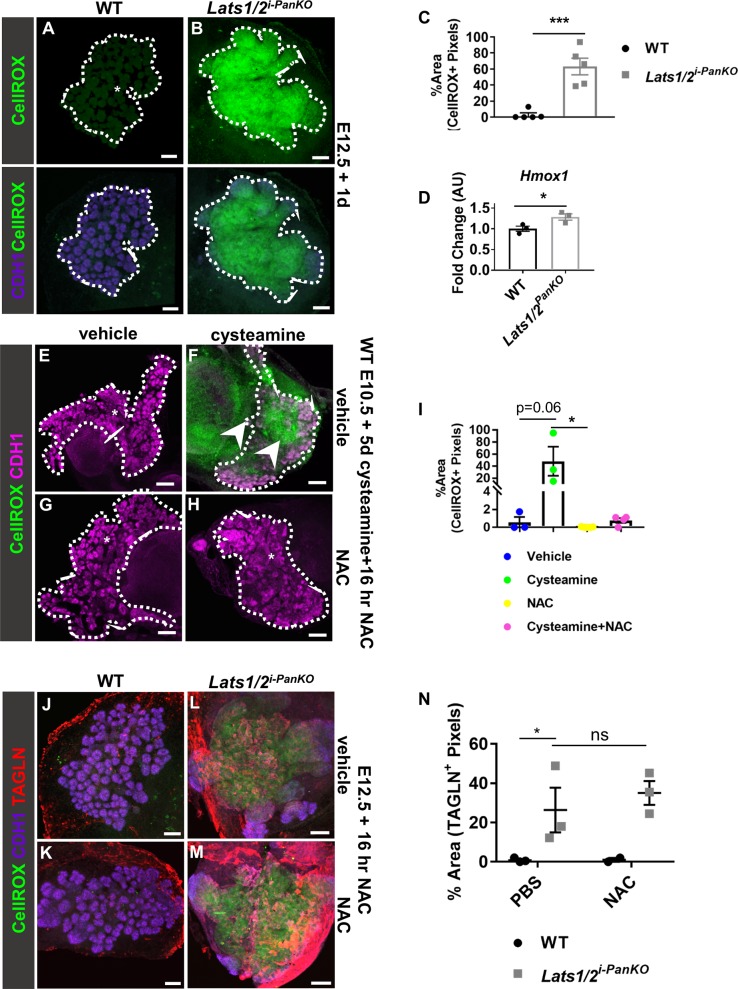Fig 4. Lats1/2 deletion, or the VNN1 product cysteamine, induces ROS.
(A, B) Compressed Z stack confocal images of CellROX, a green fluorogenic probe that detects ROS, on WT and Pdx1CreERT2;Lats1f/f;Lats2f/f (Lats1/2i-PanKO) pancreas explants (n = 5 explants per genotype). Daily tmx induction was performed on WT and Lats1/2i-PanKO embryos from E8.5 to E11.5. Lower panels depict overlay of CDH1 immunostaining (outlined in white). Scale = 100 μm. (C) The percent area covered by CellROX+ pixels within the pancreatic CDH1+ progenitor epithelium was quantified in WT and Lats1/2i-PanKO explants. (D) Normalized mRNA expression of oxidative stress-responsive Hmox1 was compared in WT and Lats1/2PanKO pancreas at E13.5 (n = 3 embryos per genotype). (E–H) Compressed Z stack confocal images of CellROX plus CDH1 immunostains of WT pancreas explants treated with 4 mM cysteamine and/or 10 μM NAC (n = 3–7 explants per treatment group). (F) Cysteamine provoked ROS in WT epithelium and mesenchyme (arrowheads). Scale = 150 μm. (I) The percent area covered by CellROX+ pixels (above a set threshold) within the pancreatic epithelium was quantified using ImageJ. (J–M) Compressed Z stack confocal images of CellROX plus CDH1 and TAGLN immunostaining on WT and Lats1/2i-PanKO pancreas explants, treated O/N with antioxidant NAC or vehicle control (n = 3 explants per genotype per treatment). Daily tmx induction was performed on WT and Lats1/2i-PanKO embryos from E8.5 to E11.5. Scale = 100 μm. (N) The percent area covered by TAGLN+ pixels within the pancreatic CDH1+ progenitor epithelium was quantified in WT and Lats1/2i-PanKO explants. Data are shown as mean ± SEM. Statistical significance was determined by Student t test (*p < 0.05; **p < 0.01; ***p < 0.001). Underlying numerical values can be found in S1 Data. AU, arbitrary units; CDH1, E-cadherin; E, embryonic day; Hmox1, heme oxygenase 1; NAC, N-acetyl-cysteine; O/N, overnight; ROS, reactive oxygen species; TAGLN, transgelin; tmx, tamoxifen; VNN1, vanin1; WT, wild type.

